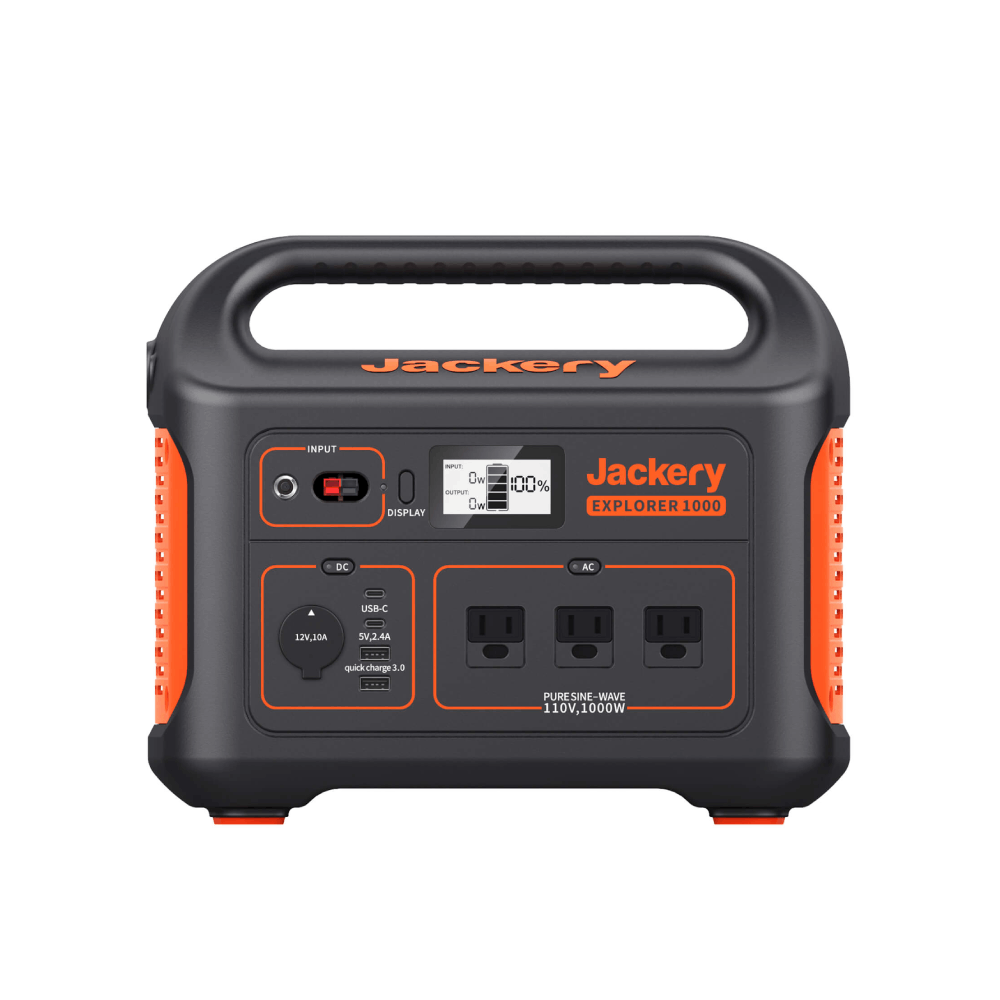Thanks so much not using that horrid fraudulent "generator" term for a "battery in a box with some electronics"
My issues with what I've seen so far
The profitability of this whole market segment is driven by people trying to avoid figuring out these electrickery details.
But real utility and value will only come after you do.
Have yet to come across one I think is good **value** compared to putting a custom system together from components selected for **your** use case's specific requirements.
The main function of these power packs is energy storage. Usually just getting the basic performance specs requires detective work.
Whether bought OTS or built DIY, key questions to answer are:
Actual Wh capacity of the batt inside?
The best battery value by far is Duracell (actually Deka/East Penn) FLA deep cycle golf cart batteries, 2x6V, around $200 per 200+AH @12V pair from BatteriesPlus or Sam's Club. NAPA relabels it here:
https://www.napaonline.com/en/p/NBP8144 Deka self-labeled also sold at Lowes.
So that's your baseline, ~$1 USD per Ah @12V, or $80/kWh, available locally.
Do the math and compare apples to apples!
______
How fast a Watts rate allowed flowing in charging, how much discharging out to loads?
Don't quote Ah capacity at a 3.7V no one actually uses! What is the capacity in watt-hours (likely needs IRL testing) Max amps rate at what termination voltage?
Bare minimum should be an easily identified internal battery, so when it's worn out (often in a year or two) it can be replaced at a reasonable price, even if the brand / maker have gone out of business.
Designing something costing hundreds to be quickly thrown away should be a crime; batteries are consumables, but their infrastructure should last for decades.
What chemistry?
If that allows for a full recharge in an hour, why does this product require a full overnight on shore power? (hint $$$)
The key to longevity - a good LFP pack is super safe, and can go 8-10,000 cycles in daily use
is buying Grade A cells from a top notch manufacturer via a trusted supplier.
Even with Battle Born, the buyer has no idea where the cells came from, nor if it's the same quality from one year to the next.
And if the cells are li-ion then inherently 1/10th the lifespan and 100x the fire risk.
I personally am adamant that LFP is the only non-lead chemistry suitable for House bank use within a confined space, especially mobile use cases.
Once you have good answers to these, you will have a clear idea of what sorts of loads you can power and for how long.
To the extent the unit is very portable, inherently small and light means low capacity,
you should really be avoiding devices designed for mains anyway, look for 12V versions, likely much lower overall consumption of watts.
Especially if the load device runs off DC internally or has its own battery, it's just silly to use an AC powered DC charger off an inverter powered by a DC source.
A suitable inverter may well only cost the price of one nice meal out, should really have little bearing which portable battery-in-a-box you buy.
But some people need a big one worth a grand, some need fast DC-DC charging off alternator on short drives, some need lots of solar others not at all
These generally are designed for small amp loads, and plugging into shore power overnight.
Basically, IMO the target market is ignorant noobs with money to burn, who think they can plug and play without learning the basics.
I hope one day exceptions emerge, but not holding my breath.
[/rant]


